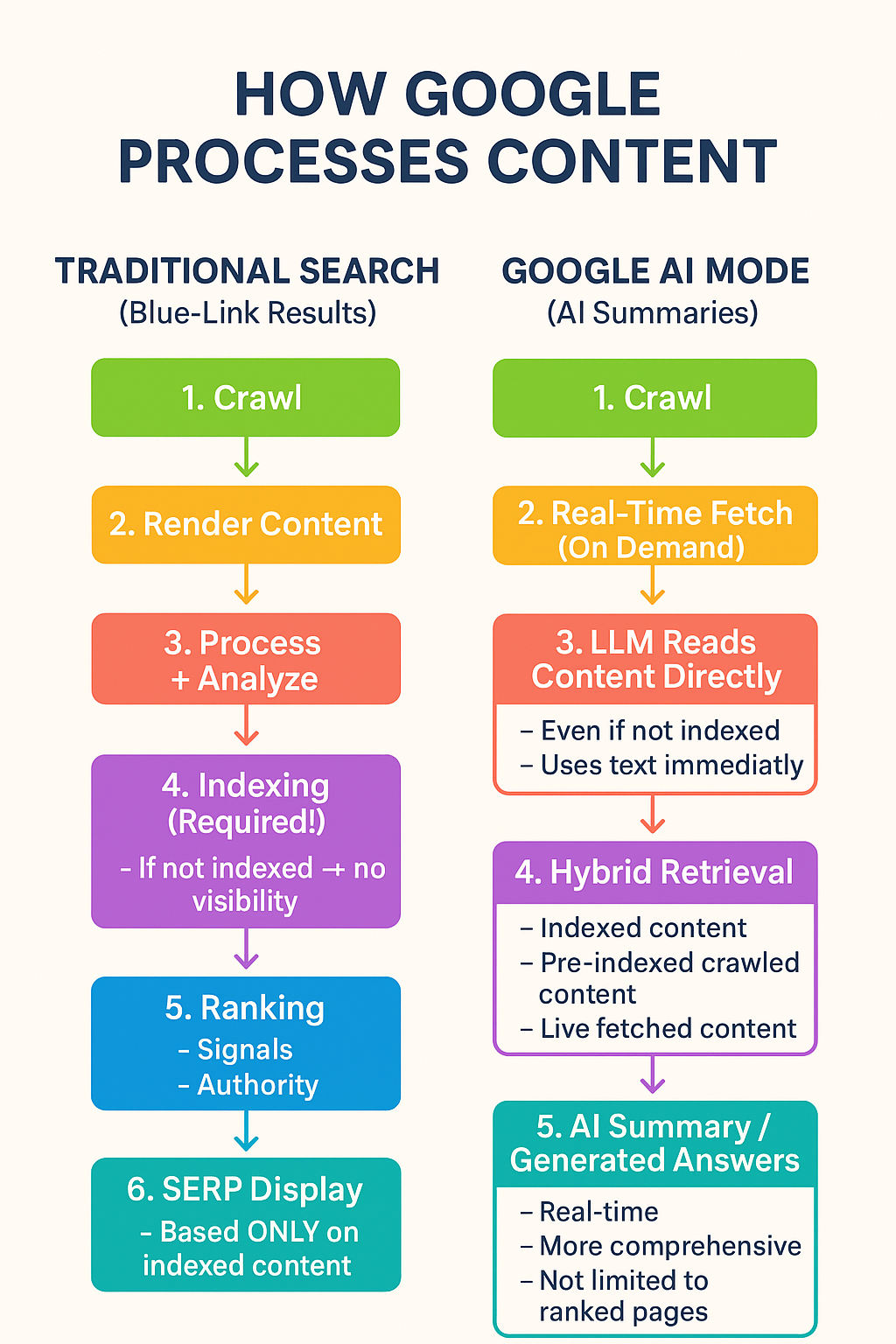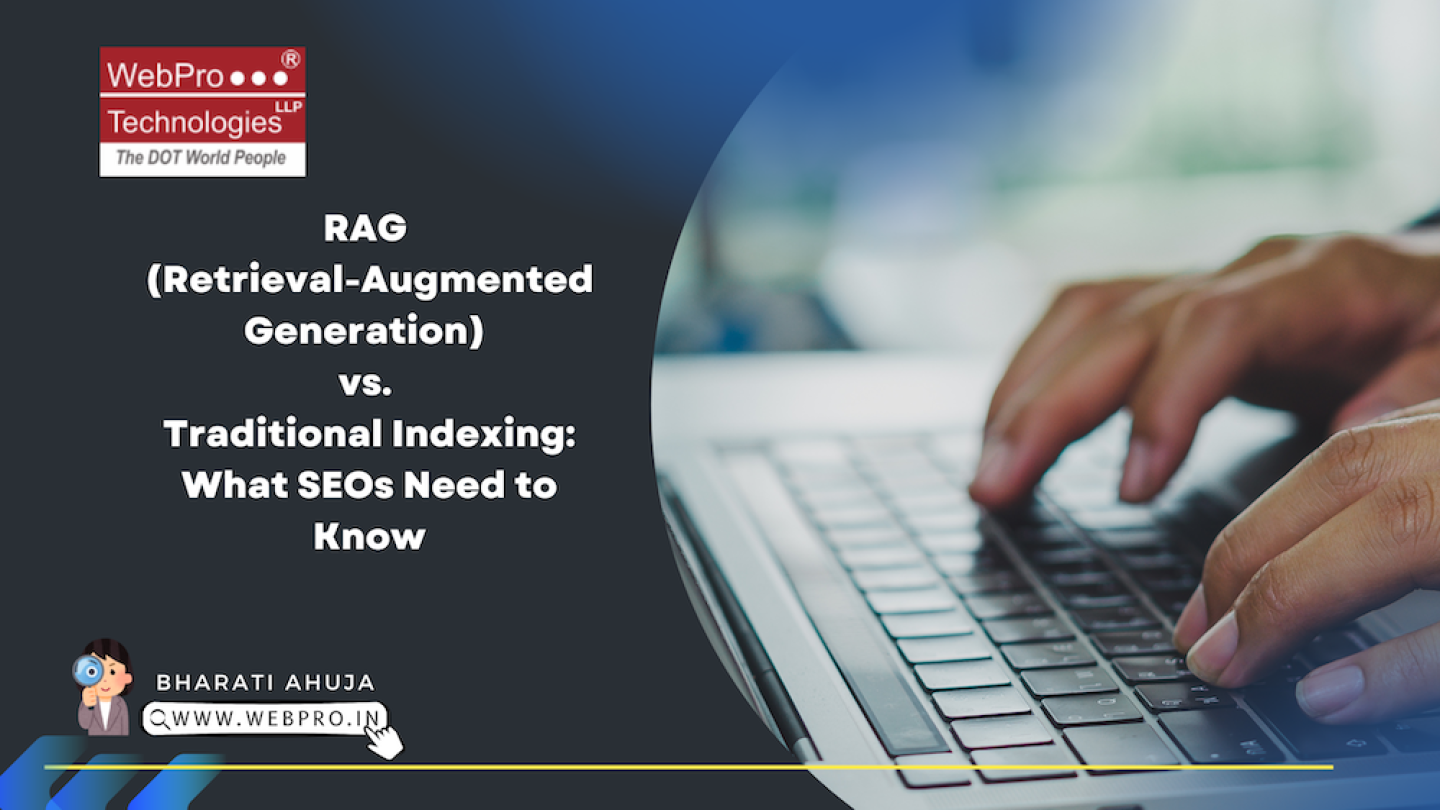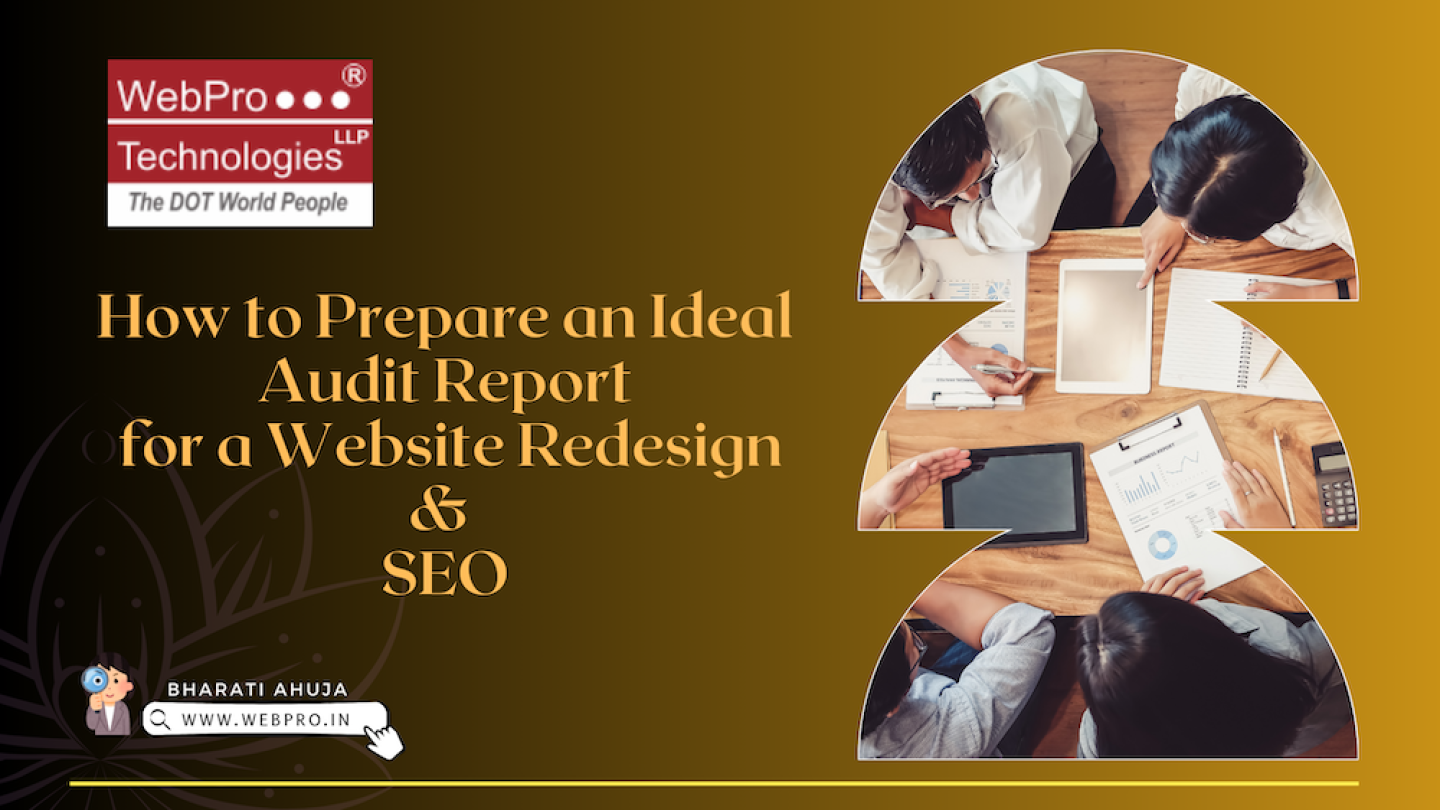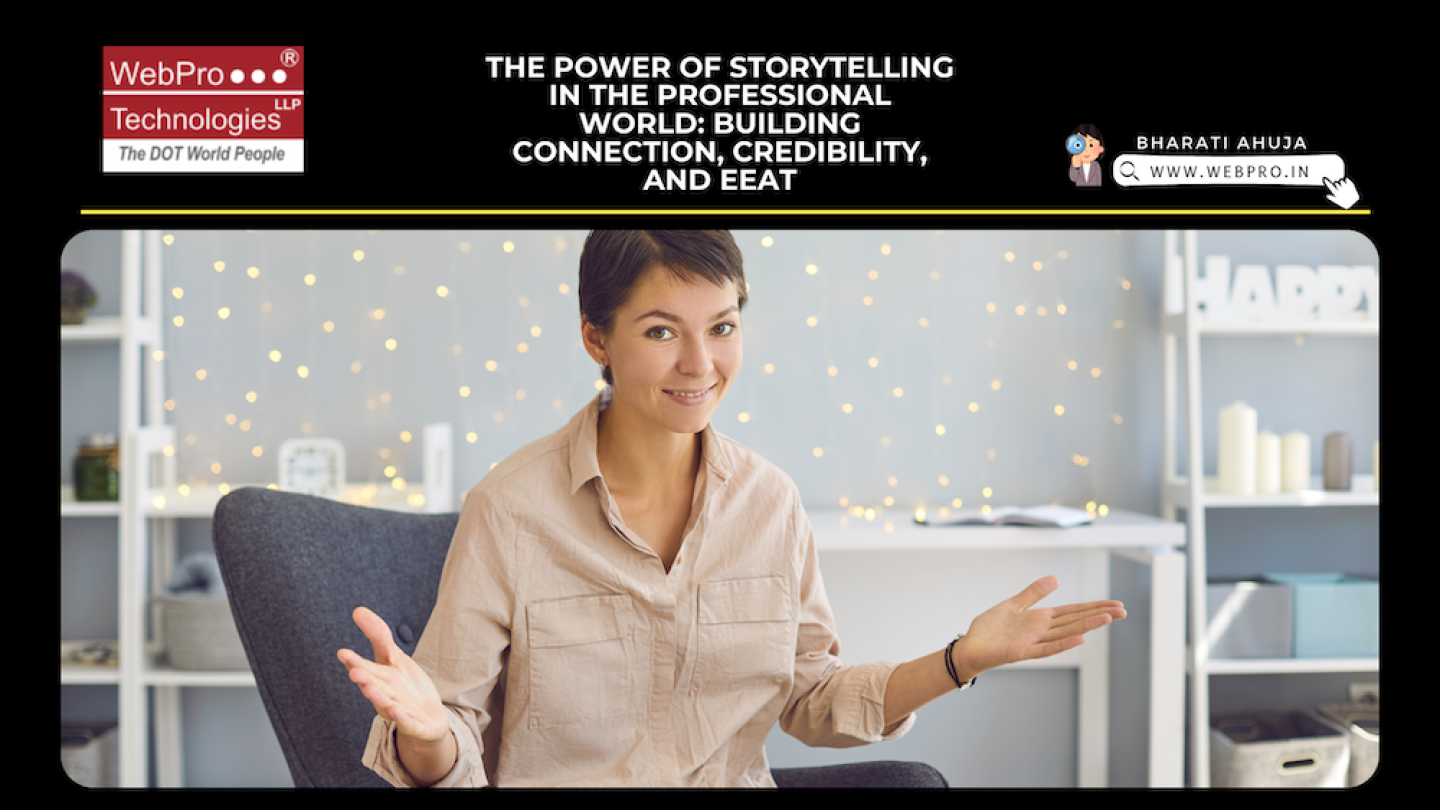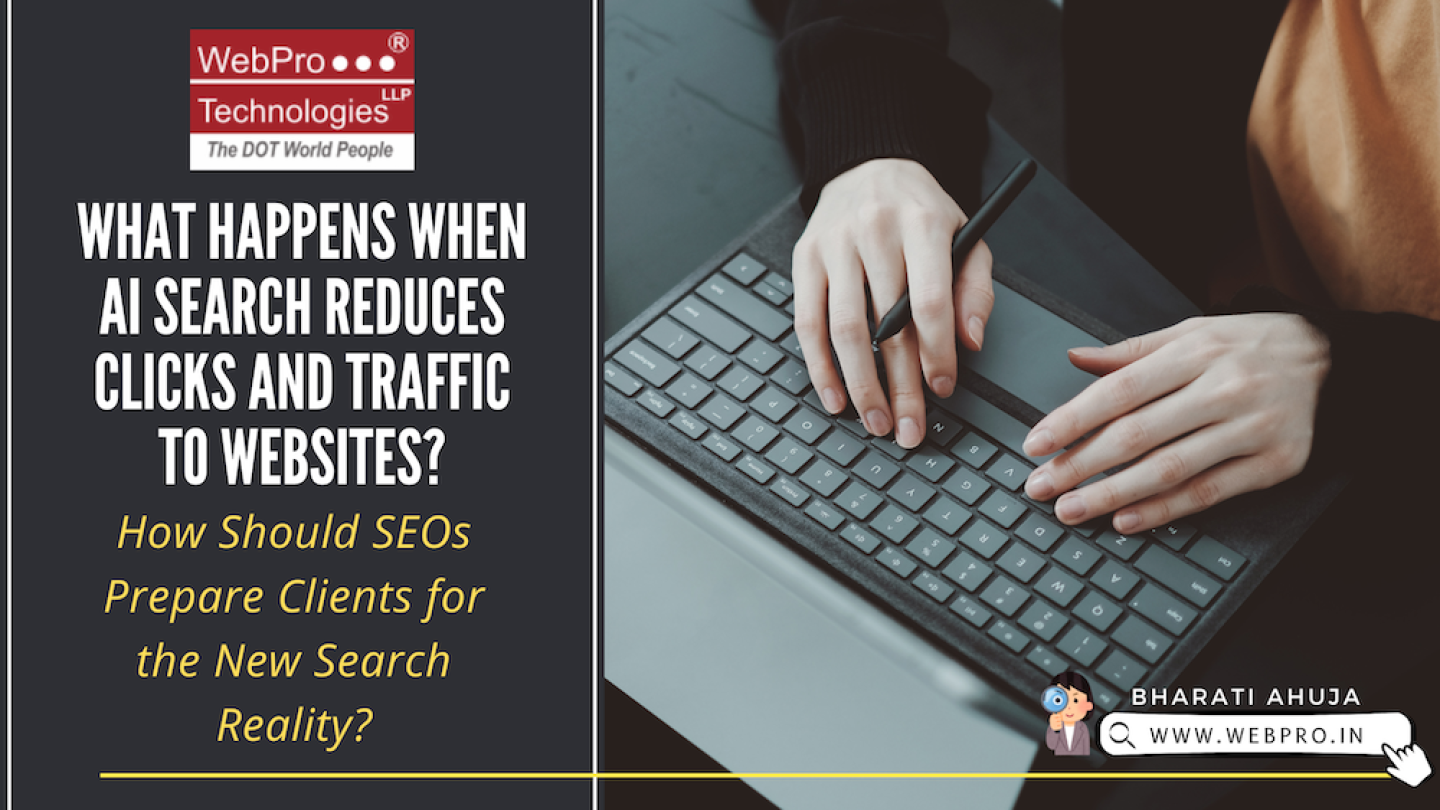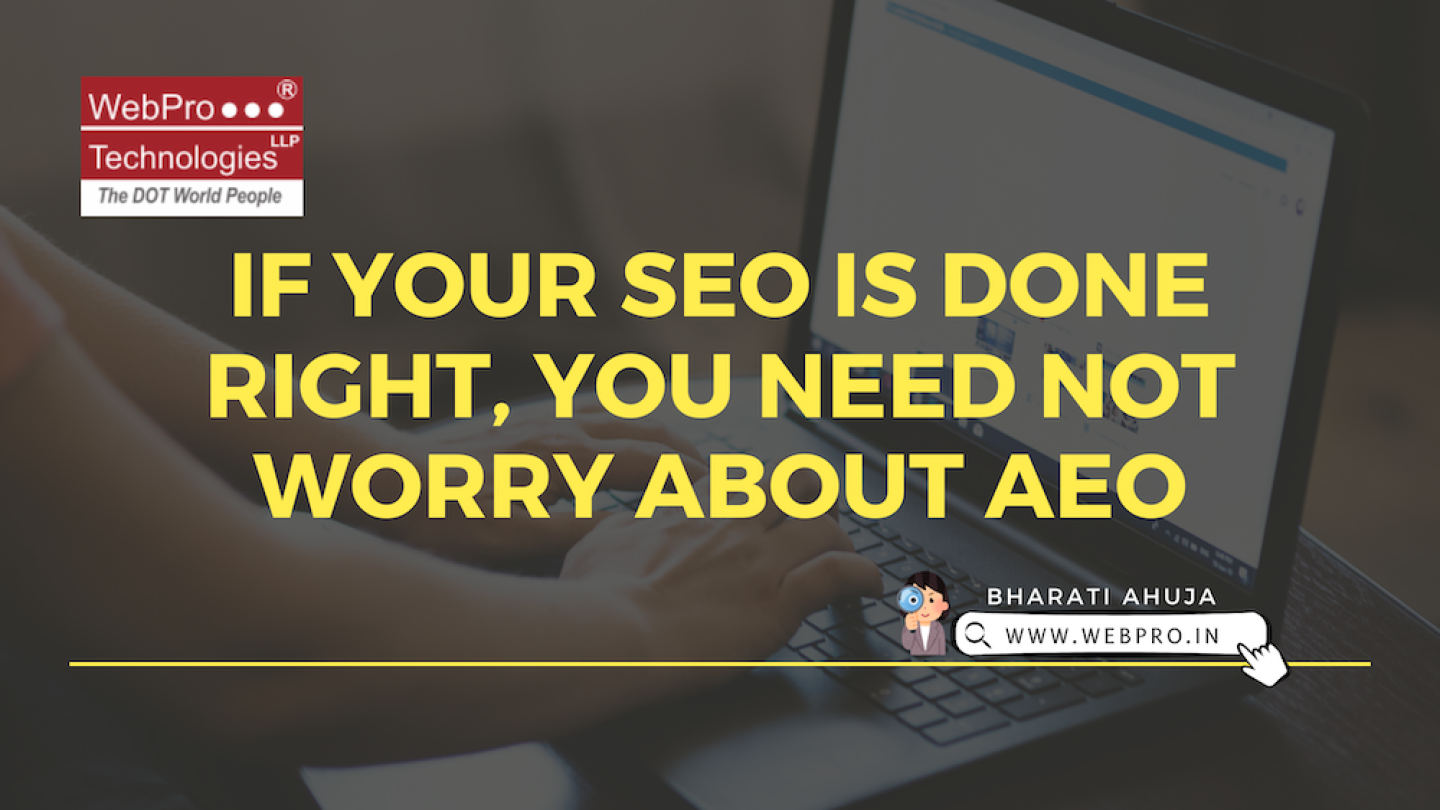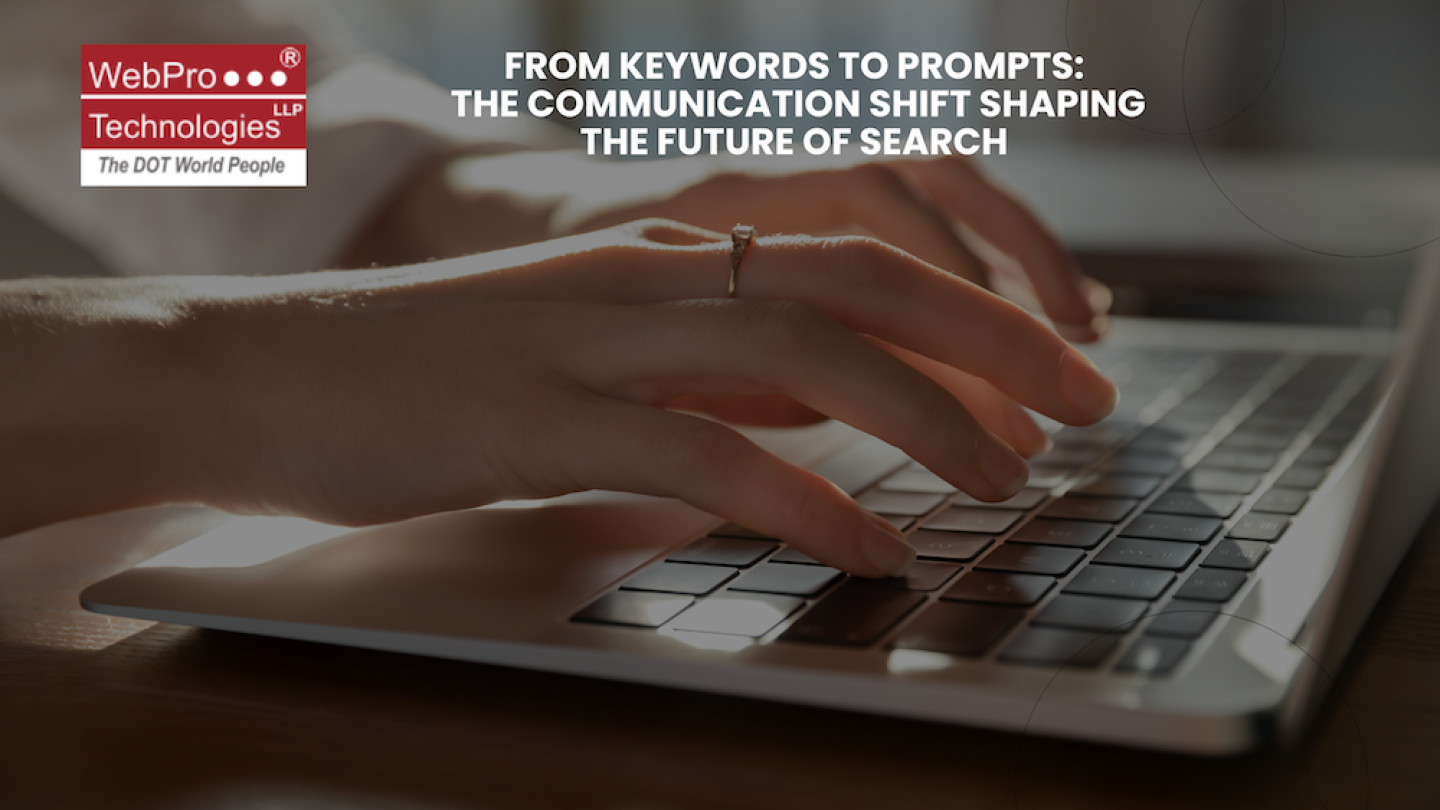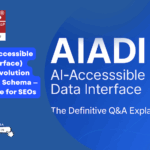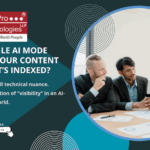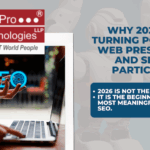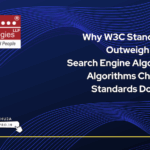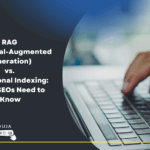While HTML provides layout and Schema.org provides structured metadata, neither was originally created for AI comprehension. Today’s AI-first search ecosystem relies heavily on entity extraction, topic segmentation, summarization, intent recognition, and factual interpretation. AIADI fills this gap by explicitly marking semantic roles such as insights, summaries, expert advice, definitions, and factual statements.
For SEOs, AIADI introduces a shift from optimizing for keywords to optimizing for meaning. Early adoption provides advantages in AI visibility, content clarity, and future-proofing. While risks exist—such as markup bloat or mislabeling—AIADI can be adopted gradually by starting with summaries, insights, and key takeaways. As the Web transitions toward AI-first indexing, AIADI becomes a crucial tool for ensuring that search engines and LLMs interpret content accurately and represent brands faithfully.
This Q&A guide answers the most important questions SEOs have about AIADI, its purpose, benefits, risks, and its role in the future of Web search.
1. What Exactly Is AIADI?
AIADI stands for “AI-Accessible Data Interface” (or “AI-Aware Data Interface”). It is a proposed semantic markup layer designed specifically for Large Language Models (LLMs) and AI-driven search engines. Unlike HTML, which provides structure, and Schema.org, which provides structured metadata, AIADI focuses on meaning, intent, semantic roles, and contextual understanding.
AIADI helps AI systems understand:
- Why a block of content exists
- Whether text is a fact, opinion, insight, or expert advice
- The purpose, tone, and intent behind content
- Clear sections for chunking and semantic segmentation
Example:
<aidi-insight>Intermittent fasting may show inch loss even if the scale doesn’t change because...</aidi-insight>
<details>
<summary>Epcot Center</summary>
<p>Epcot is a theme park at Walt Disney World Resort featuring exciting attractions, international pavilions, award-winning fireworks and seasonal special events.</p>
</details>
AIADI is the next evolution of the semantic web for the AI-first world.
2. Why Do We Even Need AIADI?
HTML was built for layout. Schema was built for structured data extraction. Neither was built for AI semantic understanding.
Today’s AI systems depend on:
- Entity extraction
- Topic segmentation
- Contextual summarization
- Intent detection
- Fact classification
HTML cannot express:
- “This paragraph is expert medical advice.”
- “This section is a summary.”
- “This sentence is a neutral fact.”
AIADI provides explicit meaning signals that help AI interpret content with greater accuracy and reduce hallucinations.
3. How AIADI Helps LLMs and AI Search Engines
AIADI improves AI performance across four major dimensions:
1️⃣ Better Chunking
AIADI gives clear content boundaries so LLMs can extract and summarize more accurately.
2️⃣ Enhanced Entity Understanding
AIADI can label people, organizations, products, data tables, examples, and FAQs.
3️⃣ Improved Retrieval
AIADI allows explicit markup for takeaways, definitions, steps, authoritative content, and expert statements.
4️⃣ Future-Proofing
Since Google AI Mode already reads and summarizes content before indexing, AIADI prepares content for this new pre-index AI layer.
4. Will AIADI Replace HTML or W3C?
No.
AIADI is not a replacement for HTML or W3C technologies.
The future Web will likely follow this stack:
- HTML = Structure and presentation
- Schema.org = Metadata
- AIADI = Meaning and semantic intent
All three layers will coexist. AIADI simply adds the missing "meaning" layer for AI systems.
5. The Future of AIADI (What SEOs Should Expect)
- Standardisation is inevitable
- Whether it comes through W3C, Schema.org, or a new consortium.
- Google will support intent-level markup
- Signals suggest AI-first semantics will become essential.
- LLM-optimized content will become standard
- Writers will need to optimize meaning, not keywords.
- New SEO services will emerge
- “AIADI-driven content architecture” and “LLM-ready websites.”
- CMS will integrate AIADI
Platforms like WordPress, Shopify, and Wix will add semantic tagging tools and blocks.
6. Benefits of Implementing AIADI Today
- Strong future-proofing for SEO
- Improved AI understanding of your content
- Better visibility in AI-generated responses
- Enhanced search within internal AI systems (RAG, chatbots)
- Cleaner UX through structured content segments
- Reduces misinformation and hallucinations by AIs reading your pages
7. Downsides and Risks (What SEOs Should Know)
- Markup bloat — too many AIADI tags may slow rendering
- No official support yet — no immediate ranking boost
- Mislabeling risks — incorrect tagging can confuse AI
- Developer friction — must learn a new semantic layer
- Implementation issues — can break layout if misused
- AIADI spam danger — overuse may lead to future penalties
8. How SEOs and Developers Should Approach AIADI Today
Step 1: Start small — summaries, insights, definitions
Step 2: Wrap AIADI around HTML — don’t replace it
Step 3: Test with LLMs — ensure clean chunking and understanding
Step 4: Train writers on semantic intent
Step 5: Offer “LLM-Ready Website Optimization” as a new SEO service
9. Will AIADI Become a Ranking Factor?
Direct ranking factor: No.
Indirect ranking factor: Absolutely.
Search engines reward clarity and meaning. AIADI provides both.
If AIADI helps Google:
- Understand
- Chunk
- Classify
- Summarize
…your content, then you benefit across all AI-driven search experiences (AI Overviews, SGE, ChatGPT Search, Perplexity, DeepSeek).
10. Why AIADI Matters Now?
- HTML helped browsers.
- Schema helped search engines.
- AIADI will help AI.
We are entering an era where:
- Google reads your content before indexing
- AI Overviews summarize your pages in real time
- Chat-based search reduces clicks drastically
- LLMs depend on structured meaning
- Optimizing for keywords is optimizing for the past.
- Optimizing for meaning is optimizing for the future.
- AIADI is the bridge to that future.
11. What Is W3C?
W3C, or the World Wide Web Consortium, is the global organization responsible for defining Web standards like HTML, CSS, XML, and accessibility guidelines (WCAG).
Founded by Tim Berners-Lee, W3C ensures the Web remains open, secure, interoperable, and future-proof.
12. Why Is W3C the Standard Authority for the Web?
Because W3C produces open, consensus-based standards followed by all major browsers and platforms.
Its standards:
- Ensure global interoperability
- Provide long-term stability
- Enable universal consistency
- Protect the open nature of the Web
This makes W3C the ultimate reference point for web technologies.
13. Are Google and Search Engines Reactive to W3C Standards?
Yes.
Google does NOT create Web standards. They incorporate the web standards in their algorithms.
Google’s systems — including crawling, rendering, and indexing — follow the structure defined by W3C specifications.
This is because:
- GoogleBot renders HTML using W3C-defined specifications
- Browsers follow W3C rules
- The entire Web is built around W3C compliance
So search engines adapt to W3C, not the reverse.
14. Do Search Engines Create Web Standards?
No.
Search engines can propose ideas (e.g., AMP, schema types), but W3C determines what becomes official Web standards.
Search engines:
- Contribute
- Influence
- Implement
But they do not own or define the Web’s architecture.
15. Does AIADI Align With W3C Principles?
Yes.
AIADI aligns with W3C’s pillars:
- Accessibility
- Semantic clarity
- Machine-readability
- Interoperability
- Open standards
AIADI extends the Web’s meaning layer and could eventually become part of future W3C recommendations (possibly HTML 6+).
16. How Is AIADI Different from Schema.org?
Schema.org is structured metadata for specific use cases like events, recipes, products, and reviews.
AIADI is broader, more semantic, and optimized for AI comprehension.
Schema tells search engines: “This is a product.”
AIADI tells AI systems:
- “This is expert advice about the product.”
- “This is the key insight.”
- “This is the summary.”
- “This is the factual claim.”
17. What Problems Does AIADI Solve for SEOs?
AIADI addresses:
- Incorrect AI summaries
- Misinterpretation in AI Overviews
- LLM hallucinations
- Poor entity recognition
- Loss of nuance in AI-generated answers
It gives SEOs a way to control how AI interprets content before presenting answers to users.
18. How Will AIADI Affect Content Strategy?
Writers will need to think about:
- Meaning
- Intent
- Semantic roles
- Purpose of each paragraph
Content strategy shifts from keyword density to meaning density.
19. How Will AIADI Affect AI Indexing?
AI indexing relies heavily on comprehension, not crawling frequency.
AIADI gives AI engines:
- Ready-made summaries
- Clean content boundaries
- Context and tone
- Fact labels
- Intent markers
This speeds up interpretation and increases accuracy of AI answers.
20. AIDI vs AIADI — Are They the Same?
Yes.
AIDI is a simpler, SEO-friendly abbreviation of AIADI.
Both terms describe the same emerging concept — an AI semantic markup layer.
AIDI = short
AIADI = formal
The industry may settle on one naming convention, but the underlying concept remains identical.
Think of how:
- "AMP HTML" → "AMP"
- "Rich Snippets" → "Rich Results"
- "Structured Data Markup" → "Schema"
Same concept, evolving terminology.
To start off....if you want to generate AI-Summaries for all your WordPress posts, you can add the following code to the functions.php file.
function add_ai_summary_meta_tag() {
if ( is_single() ) {
global $post;
// Step 1: Use AI summary if available
$summary = get_post_meta($post->ID, 'ai_summary', true);
// Step 2: If no AI summary, generate a synopsis from post content
if ( ! $summary ) {
$content = wp_strip_all_tags($post->post_content); // remove HTML
$content = str_replace(array("\n", "\r", "\t"), ' ', $content); // normalize whitespace
$content = preg_replace('/\s+/', ' ', $content);
// Take first 3 sentences as a simple synopsis
preg_match('/^.*?[.!?](?:\s|$)/', $content, $matches);
$summary = $matches[0] ?? $content;
// If first sentence is too short, take two sentences
if ( strlen($summary) < 80 ) {
preg_match('/^.*?[.!?]\s.*?[.!?]/', $content, $matches);
if ( isset($matches[0]) ) {
$summary = $matches[0];
}
}
}
// Step 3: Remove WordPress ellipsis
$summary = str_replace(array('[…]', '…', '…'), '', $summary);
// Step 4: Truncate to ~155 characters without cutting words
if ( strlen($summary) > 155 ) {
$summary = substr($summary, 0, 155);
$summary = substr($summary, 0, strrpos($summary, ' '));
$summary .= '...';
}
// Step 5: Output meta tag with correct name
echo '<meta name="ai-summary" content="' . esc_attr($summary) . '" />' . "\n";
}
}
add_action('wp_head', 'add_ai_summary_meta_tag');
Disclaimer:
The code above, is an early, experimental example of how AI-style summary metadata might be added to a WordPress site. AIADI is not yet an official standard, and search engines or AI systems may not recognize or use this markup at all. This implementation is meant for learning, prototyping, and internal testing. Behavior may change as AI indexing evolves, so please use with caution and do not rely on it for production SEO decisions until AIADI becomes more formally defined or supported.


